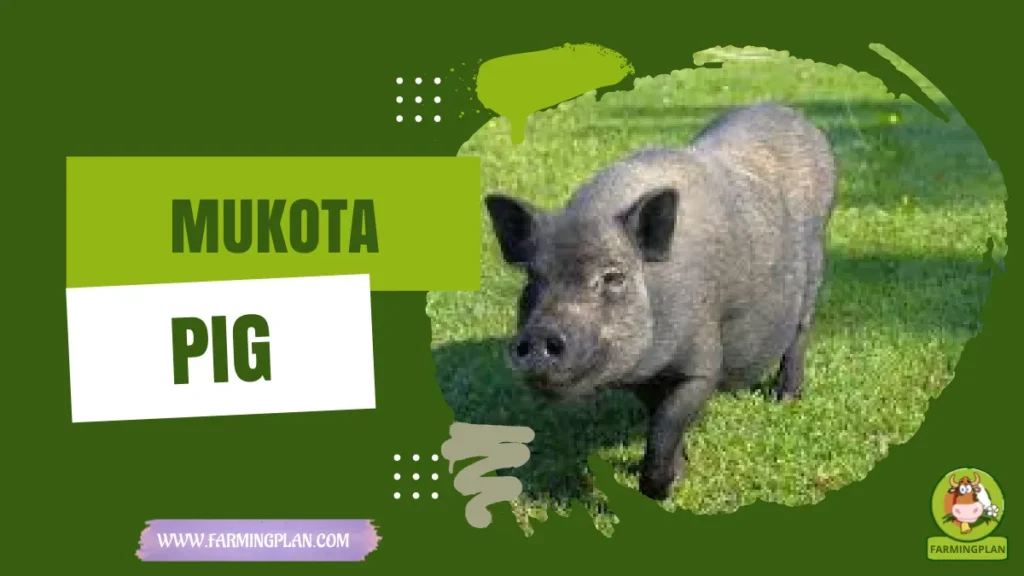If you’ve ever slipped into a cozy cashmere sweater and thought, “Wow, this is soft,” let me tell you you’ve got a cashmere goat to thank. These special little creatures aren’t just cute and cuddly; they’re also walking fleece machines. With their double-layered coats and calm personalities, they’re one of the most rewarding fiber animals you can raise. Over the years, I’ve had my fair share of goat adventures (and yes, a few headbutts along the way), but cashmere goats have become a personal favorite.Farmer, pet lover, or yarn fan? This guide has all you need. Let’s dive into the fluffy world of cashmere!
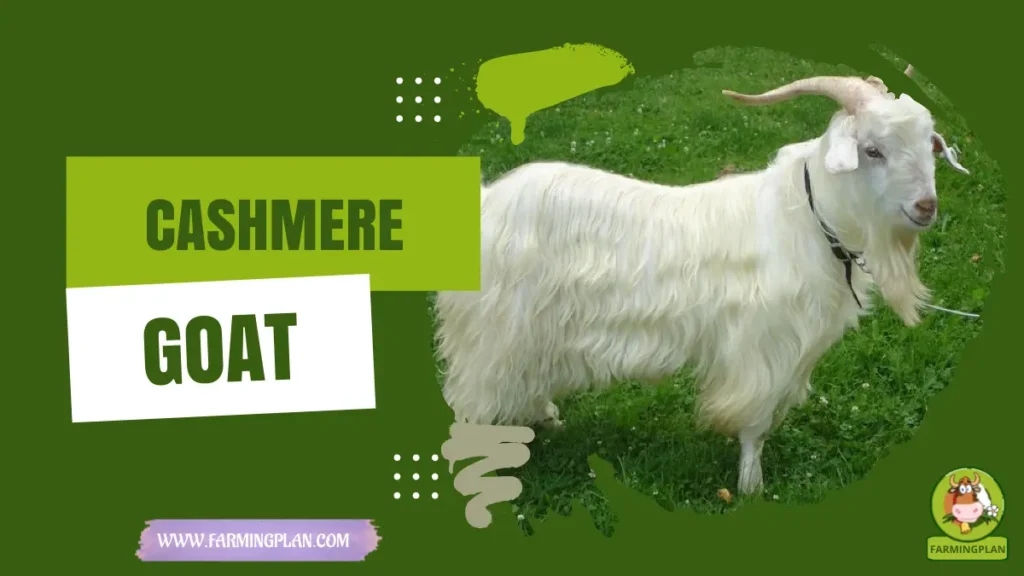
History & Origin of the Cashmere Goat
Cashmere goats have a long and woolly history literally. These goats originated in the chilly highlands of Mongolia, China, and parts of the Middle East. Long before anyone ever heard the word “luxury,” these hardy goats were growing incredibly warm undercoats to survive brutal winters. That soft undercoat is what we now know as cashmere fiber.
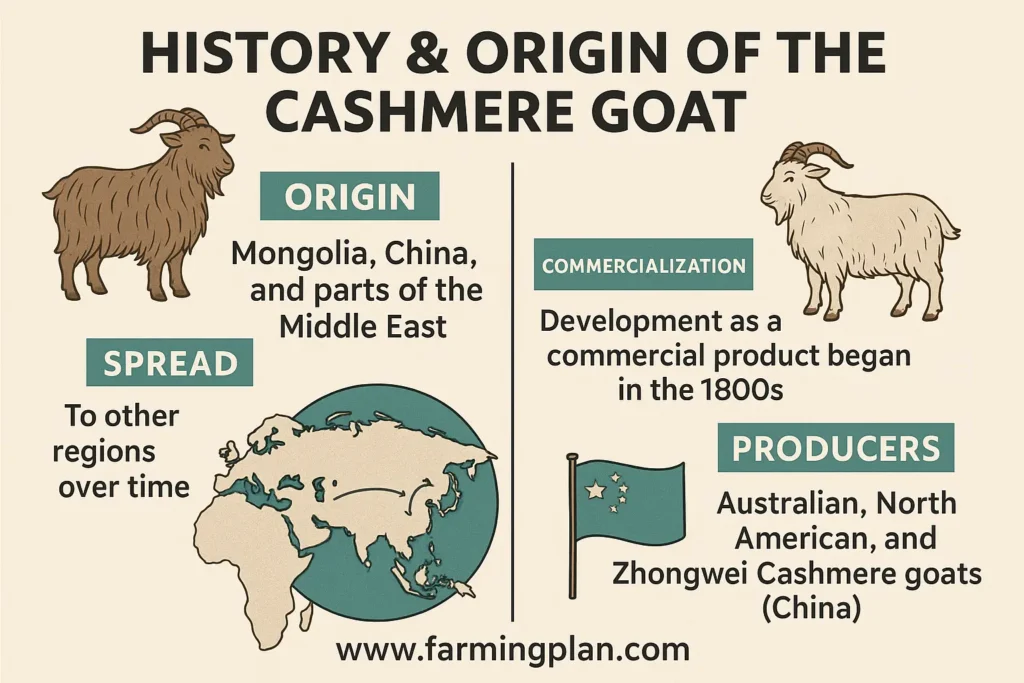
Over time, these goats spread to other regions. In the 1800s, Europeans began recognizing the potential of cashmere and started developing it as a commercial product. Fast forward to today, and you’ll find Australian Cashmere Goats and even North American herds that continue the tradition. Still, the Zhongwei Cashmere Goats from China remain among the finest producers in terms of fiber softness and quality.
The history of these goats is more than fluff it’s a tale of resilience, adaptation, and a bit of human ingenuity. And trust me, once you’ve worked with their fleece, you’ll understand why people across centuries went wild for it.
Characteristics of the Cashmere Goat
Let’s talk about what makes these goats so unique. First off, every cashmere goat comes with a two-coated fleece. The outer layer has coarse guard hairs, which protect them from the elements. But underneath? That’s where the magic is the soft downy hair that becomes luxurious cashmere.
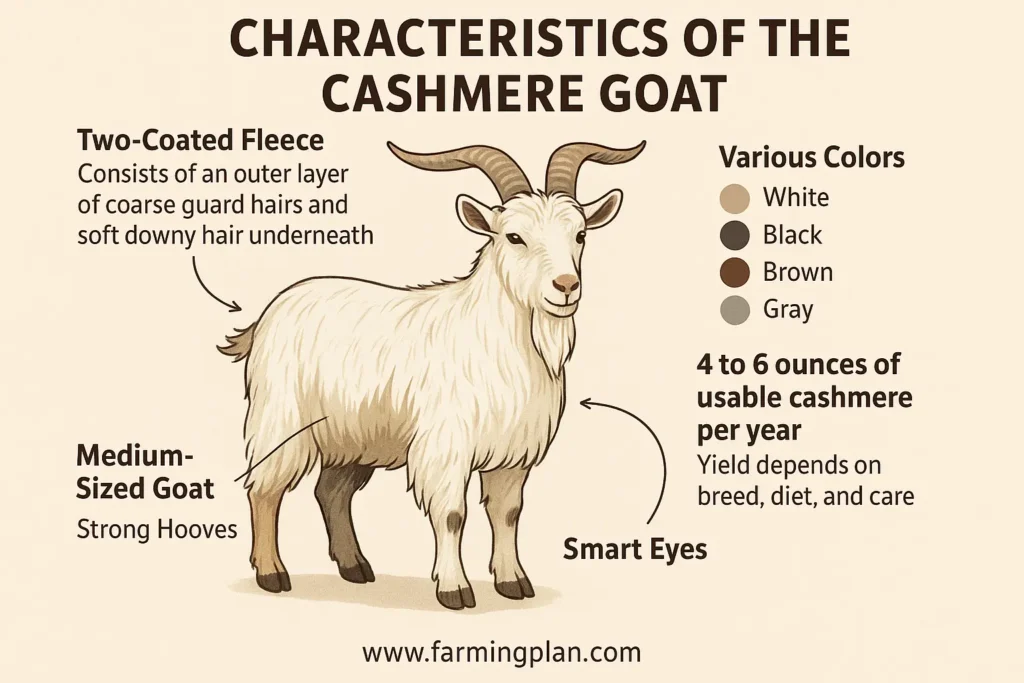
They come in a variety of colors: white, black, brown, even gray and silvery coats. Lighter colors are usually preferred for fiber because they dye easier, but don’t count out the darker ones they’ve got charm.
Most adult goats produce about 4 to 6 ounces of usable cashmere per year. Now, that doesn’t sound like much until you feel how featherlight and warm it is. The average cashmere percentages vary depending on the breed, feed, and care. Some breeds, like the Australian Cashmere Goat, offer better fleece yields, while others focus on finer cashmere wool grades.
They’re medium-sized goats with strong hooves and smart eyes and when you’ve raised a few, you can spot a good fleece season just by looking at them.
Read More: Barbari Goat: Hardy Breed With Great Milk And Meat
Temperament & Behavior: A Goat Person’s Dream
If you’ve ever raised dairy goats or distinct sheep breeds, then you know animals come with personalities. Cashmere goats? They’ve got some of the best.
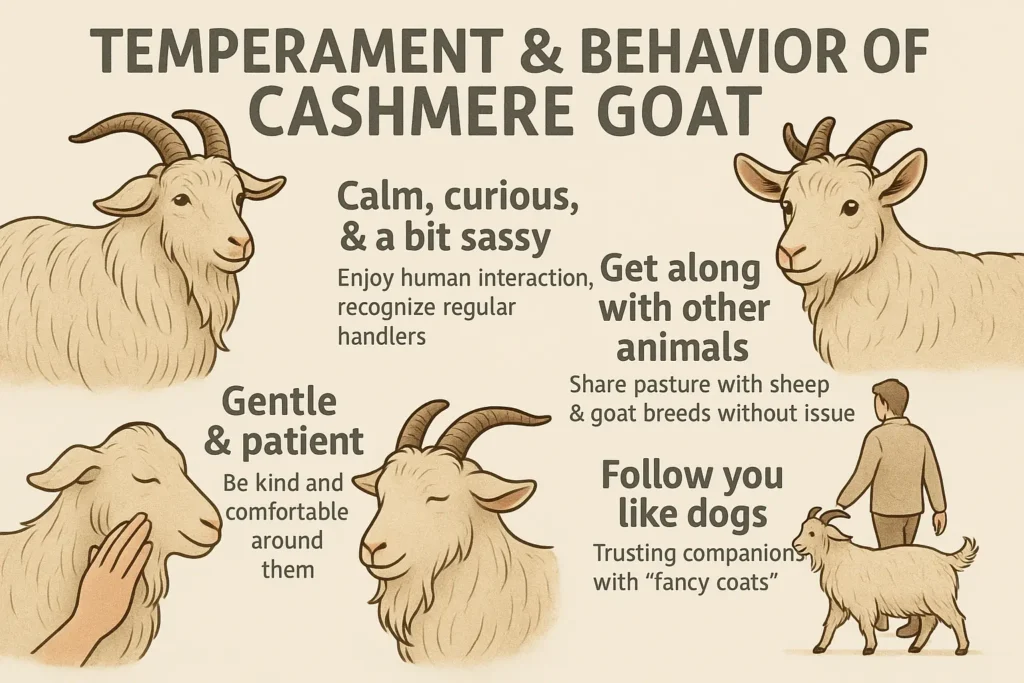
These goats are calm, curious, and a little bit sassy in the best way. They enjoy human interaction and can recognize regular handlers. I always tell new farmers: if you’re a comfortable person, your goats will be too. Just be kind, gentle, and patient.
They also get along well with other animals. I’ve had them share pasture with sheep and other goat breeds without issue. But make sure you don’t mix them with aggressive bucks or you’ll see those horns used for more than show.
They’re not just fleece factories they’re companions. Once they trust you, they’ll follow you around like oversized dogs with fancy coats.
Read More: Australian Miniature Goat: Farming Practical
Food & Diet: Feeding a Healthy Cashmere Herd
Feeding cashmere goats isn’t hard but you’ve got to be smart about it. A good cashmere herd thrives on a mix of high-quality hay, clean pasture, and some grain during cold months. The better they eat, the better their cashmere undercoat grows.

I always say: don’t skimp on minerals. Provide free-choice minerals with plenty of copper, especially in areas where your soil might be lacking. Fresh water? That’s non-negotiable. A goat can’t grow beautiful fiber if it’s dehydrated.
Avoid overfeeding grain unless you’re preparing for winter. Goats are ruminants, and too much grain can cause bloating and other digestive problems. Also, steer clear of moldy hay and weeds that can cause toxicity.
Want quality of cashmere? Feed quality food. It’s that simple.
Uses & Purpose: More Than Just Soft Hair
So, what’s the point of raising cashmere goats, besides having the fluffiest farm? Well, the obvious reason is fiber. That cashmere fiber becomes everything from cashmere yarn to cashmere sweaters and luxurious cashmere garments.
But they’ve got other roles too. Some folks raise them as part of sustainable cashmere initiatives. Others love them as pets or show animals. They’re not ideal as dairy goats, but they’re excellent as fiber goats or additions to a diverse herd.
They also bring a unique talking point to your homestead. Visitors love hearing about “the goats that make sweaters.” Trust me, they’ll be petting your goats and asking if you knit your own clothes in no time.
Read More: Boer Goat: Secrets to Starting a Successful
Special Features of Cashmere Goats
Here’s the stuff that makes them stand out. First and foremost finer cashmere wool grades. A true cashmere goat will have minimal coarse hair, with an undercoat that feels like a cloud.
They shed their fleece naturally in spring. That means you don’t shear them you comb them. And when you do, you’ll separate the gold (cashmere) from the garbage (guard hairs).
Other unique features include their permanent hairs that don’t shed, two-coated fleece, and high cashmere potential if managed well. Some goats even produce fairest cashmere, nearly pure white and super fine.
Steer clear of BAD CASHMERE often the result of poor breeding, over-brushing, or dirty living conditions. Always aim for soft, clean, uniform fiber.
Health Issues & Prevention: Keep Your Goats Happy
Healthy goats = happy fleece. I can’t stress that enough. The main issues I’ve seen include parasites (especially lice and mites), foot rot, and internal worms.
Make sure you groom regularly, especially during shedding season. That helps spot issues like flaky skin or uncleaned combed-out hair that might hide bugs. Keep shelters dry and clean, and give your herd room to roam.
Check hooves every couple of weeks, and don’t skip deworming. Look for signs like dull coats, poor appetite, or limp movement.
Prevent problems before they start, and you’ll not only save vet bills you’ll keep that quality cashmere coming in smooth and steady.
“Soft Cashmere Starts With Soft Hands Treat Your Goats Like Family, And They’ll Gift You Fiber Fit For Royalty.”
Step-by-Step Farming Guide: How To Raise Cashmere Goats
Step 1: Set Up The Right Environment
Before you get your goats, prep your space. Use woven wire sheep fencing that’s tall and tight—goats are escape artists. Build a simple shelter that keeps wind, rain, and snow out. I add soft bedding like straw and muck it weekly. Goats hate muddy, damp conditions.
Your pasture should have good grazing but avoid poisonous plants. If you’ve got predators nearby, invest in a livestock guardian dog or secure perimeter. Trust me, it’s better to be safe.
Step 2: Choose Your Cashmere Goats Wisely
Not every goat labeled “cashmere” gives you great fiber. Look for reputable breeders offering actual cashmere breeds. Study their fleece feel for softness, density, and uniformity.
Ask about average cashmere production and inspect previous fleece samples. Buying from a registered producer of cashmere helps you start strong.
Step 3: Feed For Fiber
Good food means good fleece. Feed high-quality hay, fresh water, and balanced minerals. In winter, I give mine a little grain boost.
Track their intake. If they’re losing weight or growing patchy coats, it might be a nutrition issue. Monitor their behavior they’ll tell you when something’s off.
Step 4: Groom And Harvest Fleece
Spring is harvest time. When the undercoat starts to loosen, use a wide-tooth comb or slicker brush to collect it.
Do this over a few days. Separate the soft downy hair from the coarse hair. Store the fleece in breathable bags and label by color white, beige, brown, or gray cashmere coat.
Step 5: Maintain Health Year-Round
Set a vet schedule for vaccinations and parasite checks. Groom monthly to catch problems early.
Clean hooves, rotate pasture, and keep your goats stress-free. A healthy goat isn’t just easier to raise it also gives you silky, quality of cashmere year after year.
Expert Tips & Best Practices
- Start small—2 to 4 goats are perfect for beginners.
- Keep a grooming calendar so you don’t miss shedding season.
- Don’t breed goats in poor health or with low fiber yield.
- Join forums or local co-ops to swap fleece, tools, and tips.
- Store fleece in breathable cotton bags not plastic.
FAQ
How much cashmere does one goat produce per year?
A healthy goat produces about 4–6 ounces of usable cashmere annually.
When do you collect cashmere?
Springtime when goats naturally shed their soft undercoat.
Can I keep cashmere goats as pets?
Yes! They’re friendly, calm, and bond well with gentle handlers.
What colors do cashmere goats come in?
They range from white and beige to black, gray, and brown.
How do I avoid low-quality cashmere?
Buy from trusted breeders and maintain clean, healthy living conditions.
Conclusion
Raising cashmere goats isn’t just about luxury fiber it’s about connection. These goats are smart, lovable, and surprisingly easy to care for once you get the hang of it. If you feed them right, groom with care, and give them a safe space to live, they’ll reward you with soft, valuable cashmere year after year. From their ancient history to their modern charm, cashmere goats blend tradition, comfort, and farm-friendly fun. Whether you’re starting a herd or just curious about fiber animals, you’re in for a rewarding ride soft fleece and all.

